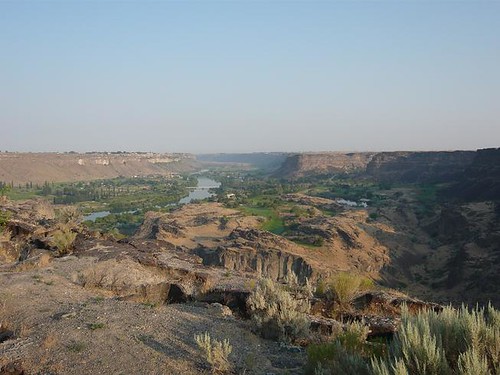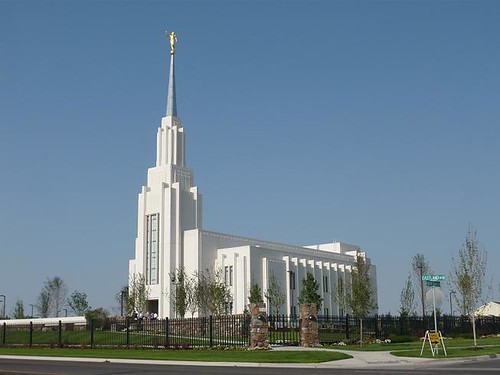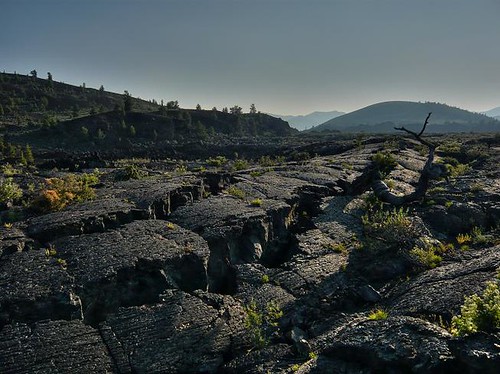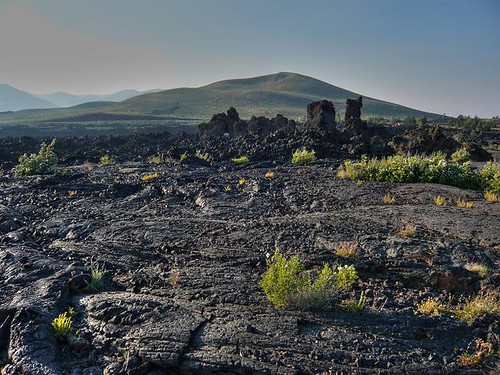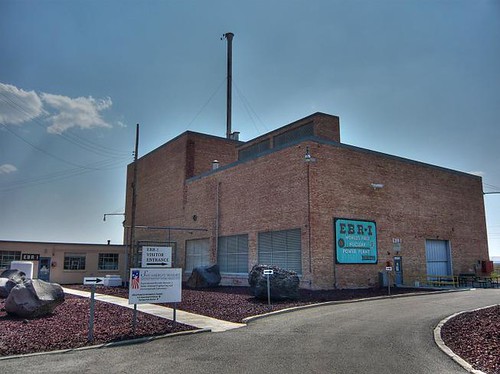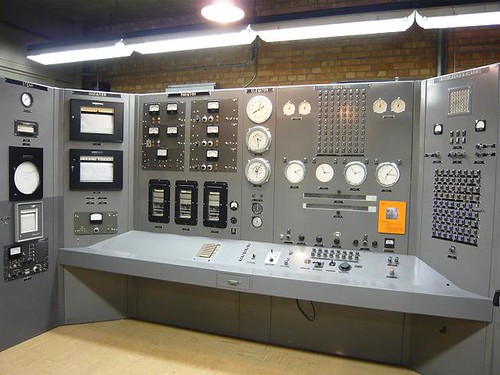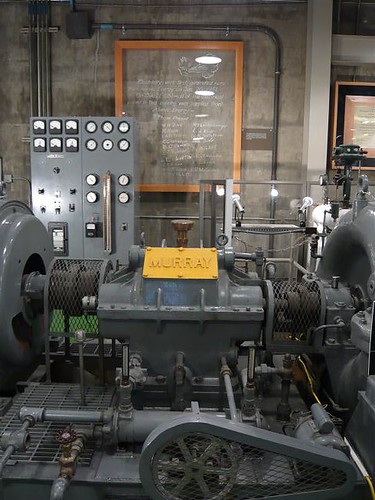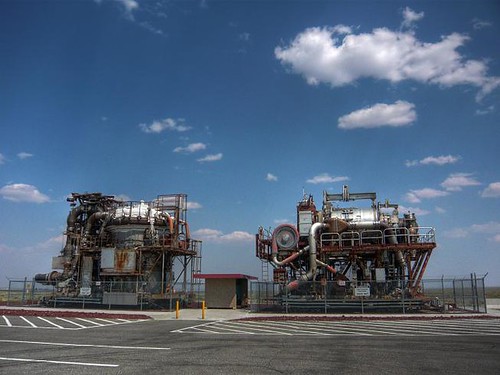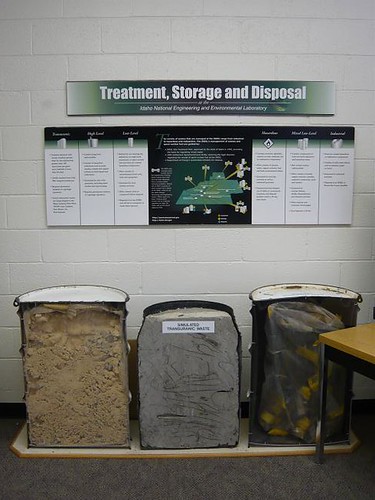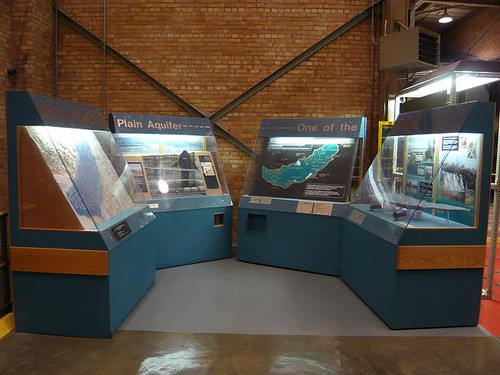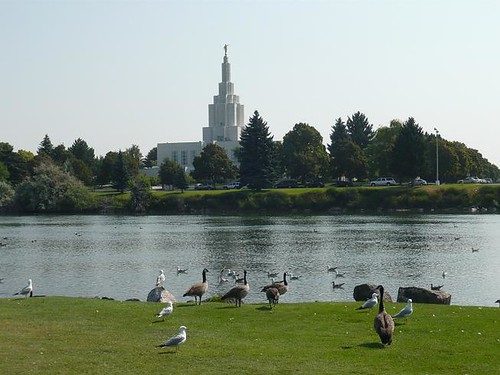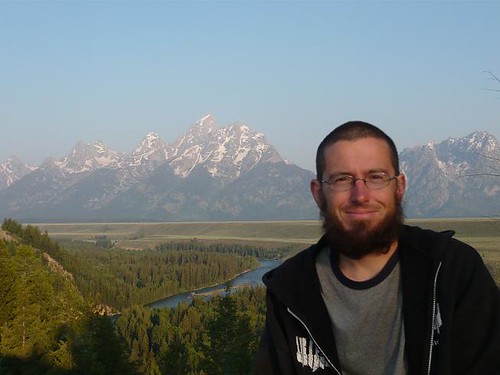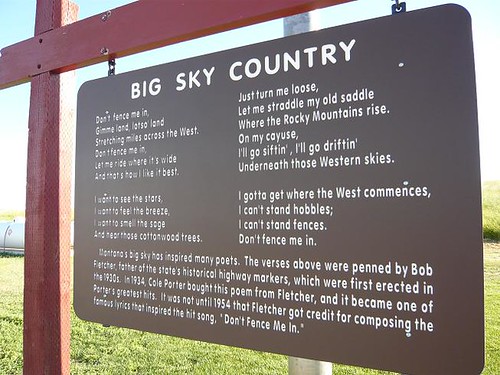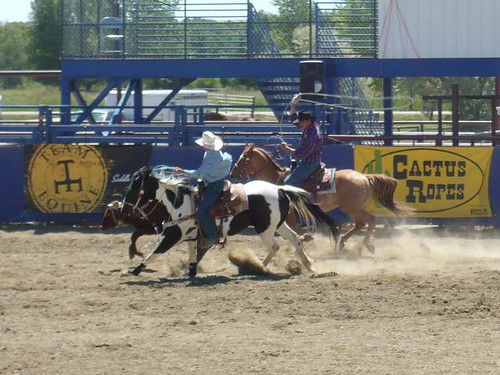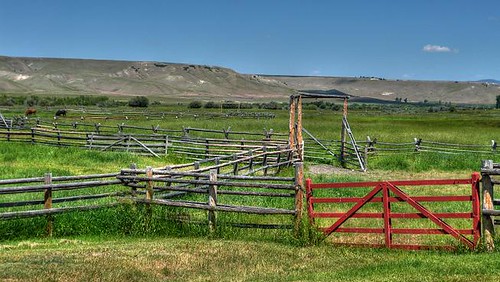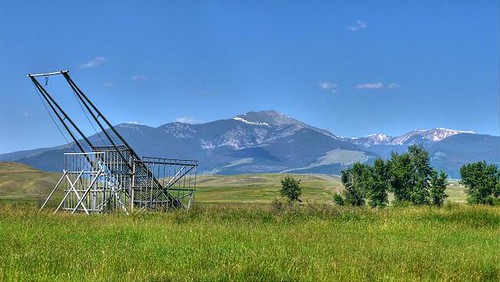Washington State
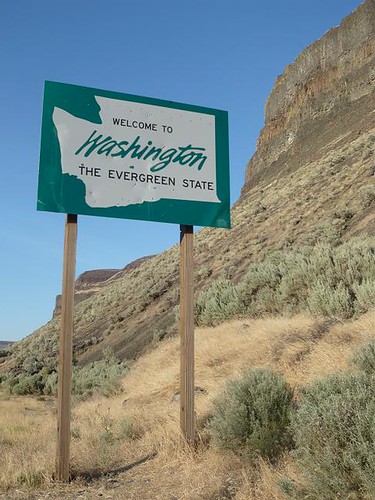
This trip was originally going to be all about the Rocky Mountains, with lots of hiking and back-country camping as I made my way along the Continental Divide. But my foot injury forced me to redraw those plans. I didn't know it at the time but the new plans ended up being about three very special rivers. First I flirted with the Rio Grande as I traveled through New Mexico into Colorado, then it was the Yellowstone River briefly in Montana and Wyoming, but the river that really captured my heart and my imagination was one I'm embarrassed to tell you I had never even heard of before this trip, the Snake River. I followed the Snake River from it's source, Jackson Lake at the foot of the Tetons (you can see the river in the background of my "fake" Tetons picture) and from there I let it determine my direction into Idaho and beyond. It never let me down. I chose my entry point into Washington to say goodbye to the Snake at the place where it converges with the Columbia River.

And what a great choice, what a great send off. The Sacajawea State Park at the confluence of the Snake and Columbia rivers is absolutely beautiful, a quiet, tranquil place, which I had almost all to myself.

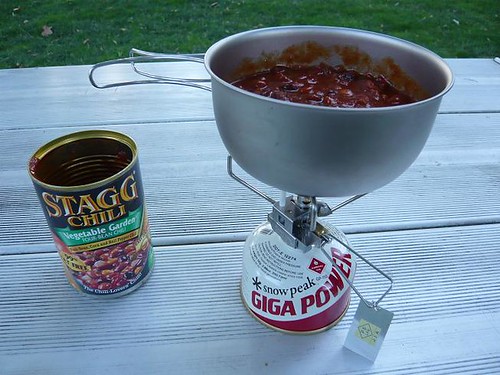
I finally got to use my new camp stove and titanium cookware set.


